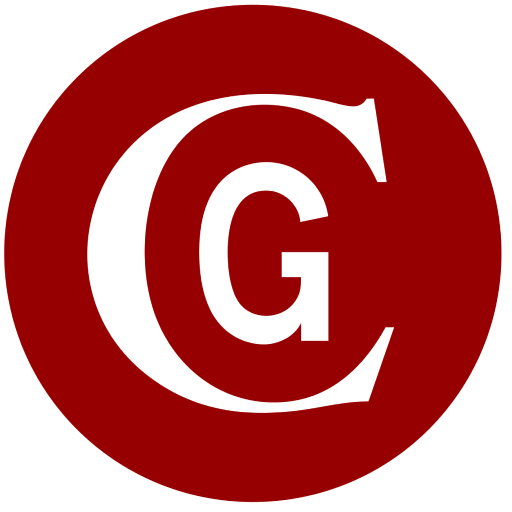2025 |
Pebble Beach Auctions1972 AAR Eagle-Offenhauser Indy Car
SOLD $1,022,500
Estimate
$900,000 - $1,200,000
Chassis
72-17
Car Highlights
Gordon Johncock’s 1973 Indianapolis 500 Winner
A Revolutionary Model in the History of Indy Car Racing
Well-Documented Provenance with Just Three Owners Since 1973
Restored by Walter Goodwin in Original STP Double Oil Filter Special Livery
Displayed at the Indianapolis Motor Speedway Museum and the Unser Racing Museum
Awarded First in Class at the 2014 Amelia Island Concours d’Elegance
Technical Specs
159 CID Offenhauser DOHC Inline 4-Cylinder Engine
Hilborn Fuel Injection
Single Garrett AiResearch Turbocharger
Estimated 750 BHP
4-Speed Manual Gearbox
4-Wheel Hydraulic Disc Brakes
4-Wheel Independent Double-Wishbone Suspension with Coil-Over Shock Absorbers



